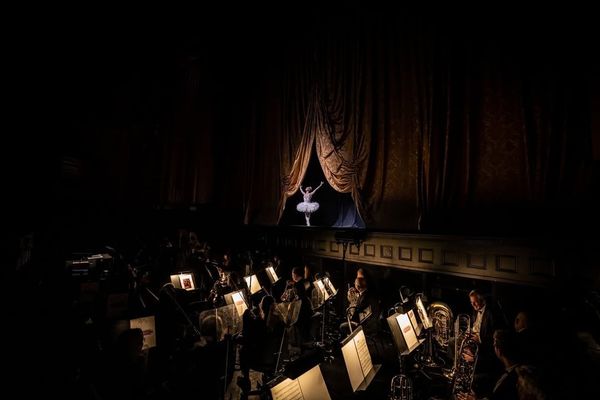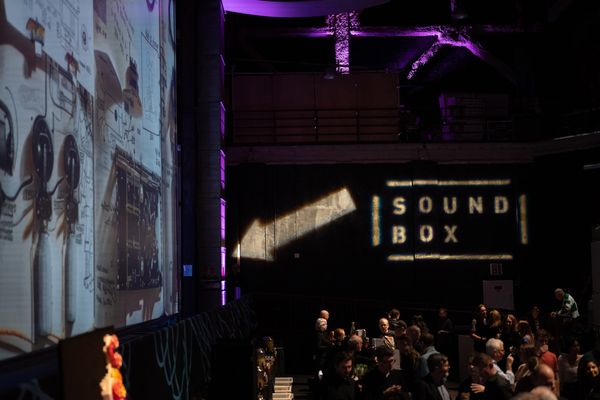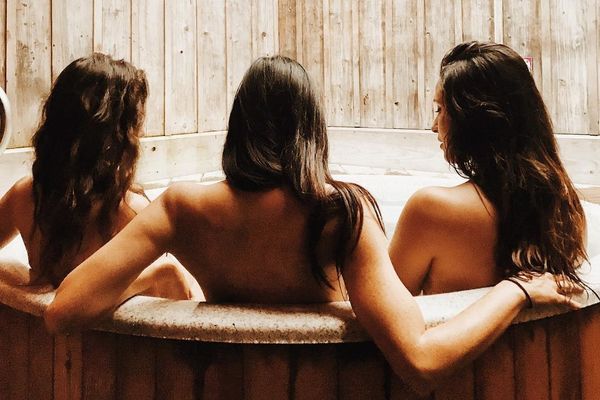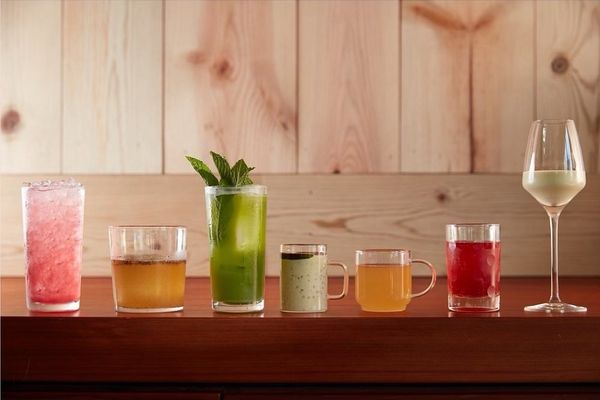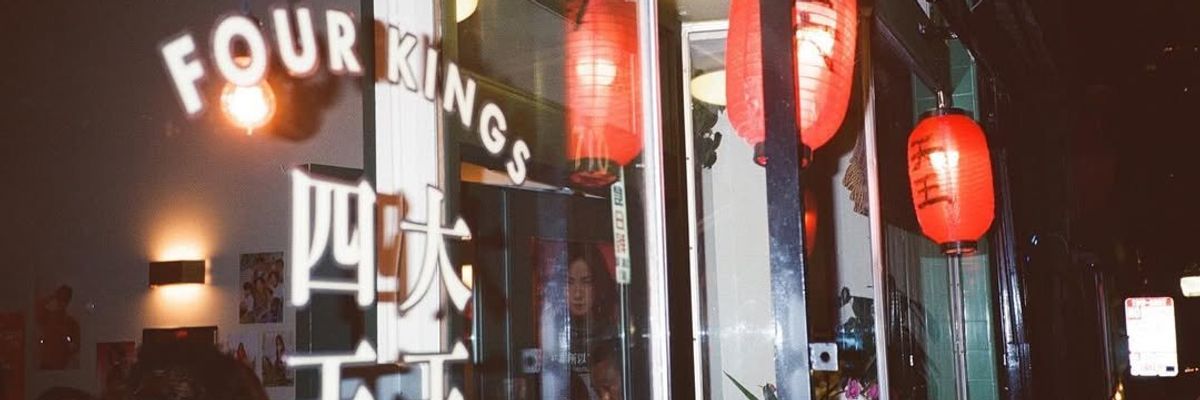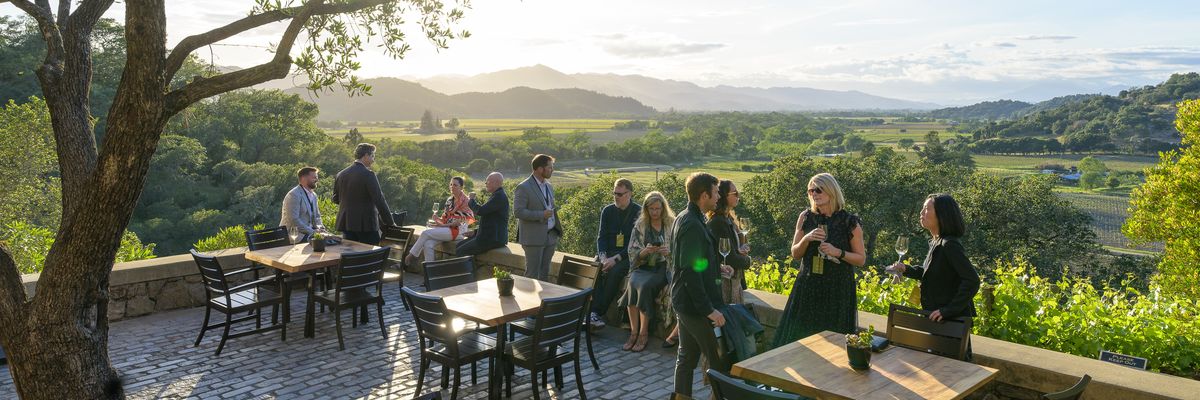One night last fall at a wine dinner at Chez Panisse, Alice Waters got up to address the dining room and made a surprising confession. “Shame on me,” she said, “for paying so little attention to California wine. I had no idea what was going on underneath my nose all this time. And to think that it was through my daughter, Fannie, that I discovered something so important around me.”
Waters has become famous for proselytizing the merits of sustainability, but she’s also been criticized for having a double standard when it comes to Chez Panisse’s largely French wine selection. In referencing her daughter, Waters was alluding the fact that this rare wine dinner was celebrating the debut of Scribe, a California wine project headed up by Andrew Mariani, who, at the time, had been Fannie Singer’s boyfriend for a couple of years. But Waters was also, no doubt, responding to recent columns in The New York Times and the San Francisco Chronicle that broached the issue of how the Bay Area can be the country’s locavore mecca while so many of the hippest and most sacred restaurants (like Chez Panisse) maintain wine lists absolutely dominated by European wines.
While to the foodie crowd nothing seems cooler than eating carrots “picked this morning” and beef “raised on local grasses,” paradoxically, there is also nothing cooler than drinking Beaujolais, Minervois or some other semi-obscure French wine. Is this just hypocrisy, or is there good reason for it?
The answer is a little of both. The first response local sommeliers tend to give is that it’s important that wine pairs well with food. And most California wines, they’ll say, haven’t made much of an effort to be food-friendly. Instead, the local wines seemingly aim for a “wow” factor derived from high alcohol, maximum extraction, layers of oak and fruit forwardness. As a result, California wines may be intense, full-bodied, oaky and fruity to impress the critics, but will overwhelm or conflict with most foods.
The other point sommeliers make is that top California wines are just too expensive. Cheap California wines tend to be the grocery-store varieties, and Turning Leaf Chardonnay is just not appropriate for hip cafes. Nevertheless, one wine buyer told me recently that she was shocked at how many cheap, decent European wines were on the market right now. Why buy expensive wines that are hostile to food just because they’re local when you can just as easily buy cheap, food-friendly wines?
Now to be honest, I’m not sure that all sommeliers would still stock their wine lists with purely local wine, even if it was good and cheap. There’s still a mystique to that rustic French or Spanish farmer working his land, not knowing and caring about marketing, and making classic wine in the same way his father and grandfather did. Part of wine’s allure is its sense of journey, and for a couple of hours at a restaurant, anyway, I’d rather be transported to the rocky cliffs of Corbières than to some plot outside Petaluma.
That said, it’s on California to step up. Where is our “vin de pays” or country wine? No new oak, no expensive farming, no manipulation—just good, simple table wine.
I think it’s coming. Smart producers are figuring out that there’s a growing market: They can make wines for themselves, for the foods they eat and for the sommeliers and get by just fine.
Back at Chez Panisse, what made Waters take notice were earthy, balanced and flavorful Scribe wines—a Pinot, Syrah and Cabernet—that paired wonderfully with things like warm shellfish salad and spit-roasted Hudson Ranch guinea hen. The wines would be even better if they came down a bit in alcohol and price. But at least it’s a start.
One night last fall at a wine dinner at Chez Panisse, Alice Waters got up to address the dining room and made a surprising confession. “Shame on me,” she said, “for paying so little attention to California wine. I had no idea what was going on underneath my nose all this time. And to think that it was through my daughter, Fannie, that I discovered something so important around me.”
Waters has become famous for proselytizing the merits of sustainability, but she’s also been criticized for having a double standard when it comes to Chez Panisse’s largely French wine selection. In referencing her daughter, Waters was alluding the fact that this rare wine dinner was celebrating the debut of Scribe, a California wine project headed up by Andrew Mariani, who, at the time, had been Fannie Singer’s boyfriend for a couple of years. But Waters was also, no doubt, responding to recent columns in The New York Times and the San Francisco Chronicle that broached the issue of how the Bay Area can be the country’s locavore mecca while so many of the hippest and most sacred restaurants (like Chez Panisse) maintain wine lists absolutely dominated by European wines.
While to the foodie crowd nothing seems cooler than eating carrots “picked this morning” and beef “raised on local grasses,” paradoxically, there is also nothing cooler than drinking Beaujolais, Minervois or some other semi-obscure French wine. Is this just hypocrisy, or is there good reason for it?
The answer is a little of both. The first response local sommeliers tend to give is that it’s important that wine pairs well with food. And most California wines, they’ll say, haven’t made much of an effort to be food-friendly. Instead, the local wines seemingly aim for a “wow” factor derived from high alcohol, maximum extraction, layers of oak and fruit forwardness. As a result, California wines may be intense, full-bodied, oaky and fruity to impress the critics, but will overwhelm or conflict with most foods.
The other point sommeliers make is that top California wines are just too expensive. Cheap California wines tend to be the grocery-store varieties, and Turning Leaf Chardonnay is just not appropriate for hip cafes. Nevertheless, one wine buyer told me recently that she was shocked at how many cheap, decent European wines were on the market right now. Why buy expensive wines that are hostile to food just because they’re local when you can just as easily buy cheap, food-friendly wines?
Now to be honest, I’m not sure that all sommeliers would still stock their wine lists with purely local wine, even if it was good and cheap. There’s still a mystique to that rustic French or Spanish farmer working his land, not knowing and caring about marketing, and making classic wine in the same way his father and grandfather did. Part of wine’s allure is its sense of journey, and for a couple of hours at a restaurant, anyway, I’d rather be transported to the rocky cliffs of Corbières than to some plot outside Petaluma.
That said, it’s on California to step up. Where is our “vin de pays” or country wine? No new oak, no expensive farming, no manipulation—just good, simple table wine. I think it’s coming. Smart producers are figuring out that there’s a growing market: They can make wines for themselves, for the foods they eat and for the sommeliers and get by just fine.
Back at Chez Panisse, what made Waters take notice were earthy, balanced and flavorful Scribe wines—a Pinot, Syrah and Cabernet—that paired wonderfully with things like warm shellfish salad and spit-roasted Hudson Ranch guinea hen. The wines would be even better if they came down a bit in alcohol and price. But at least it’s a start.



